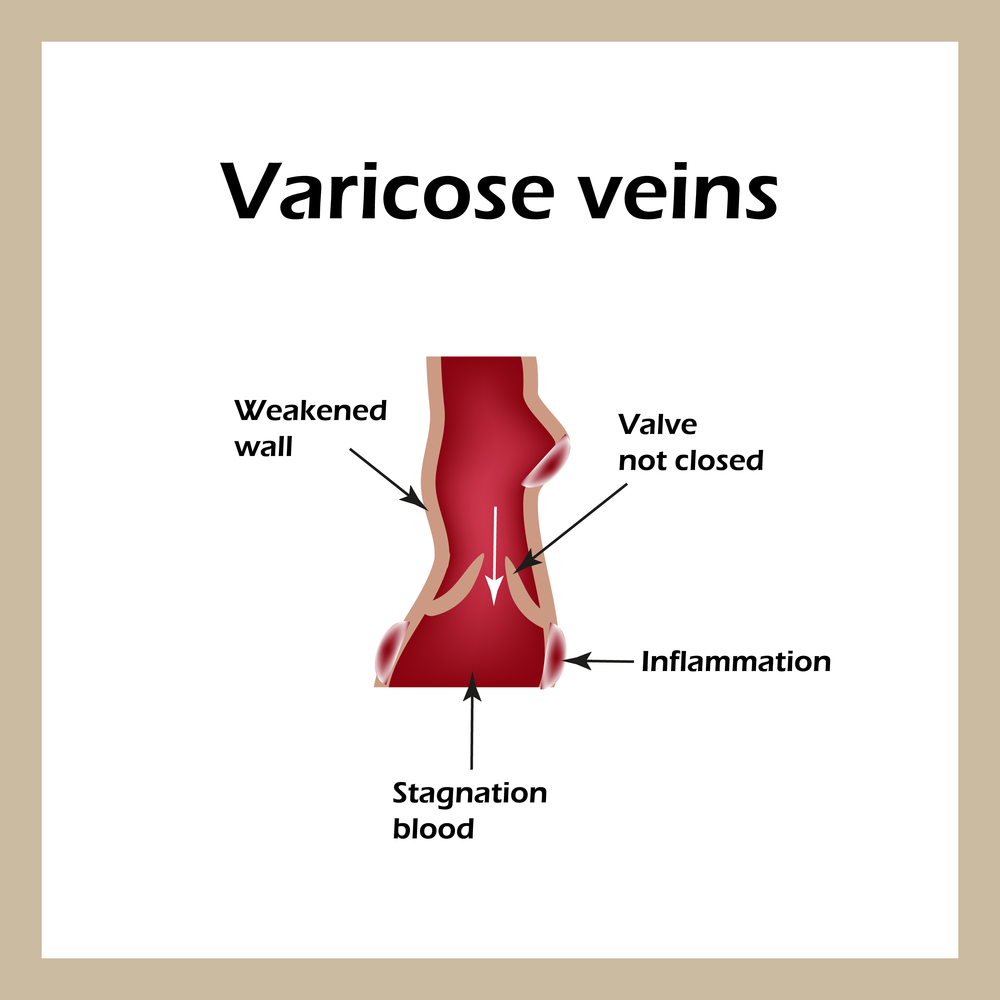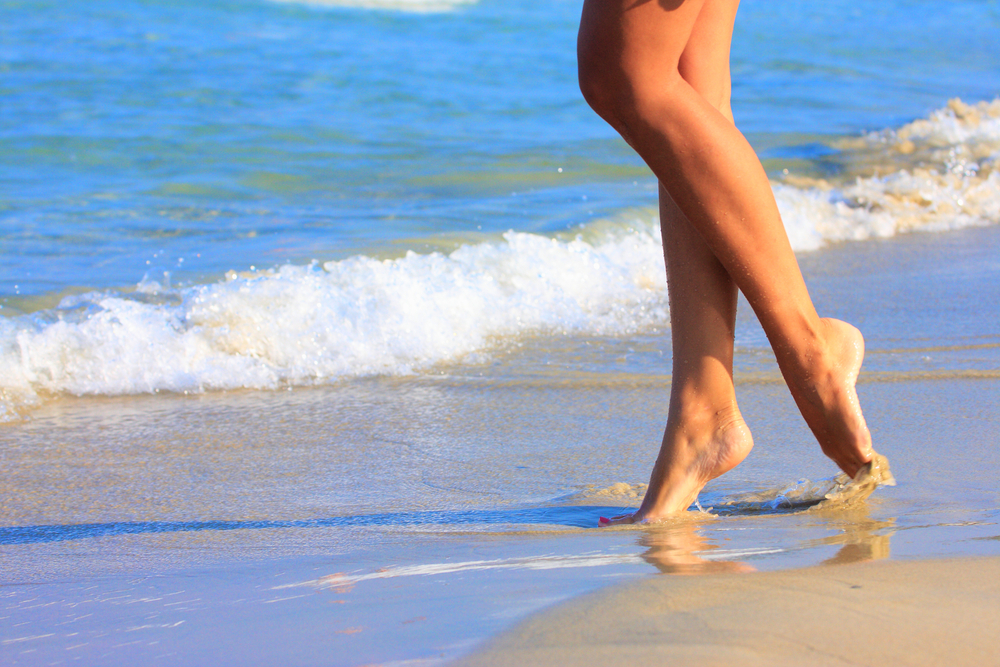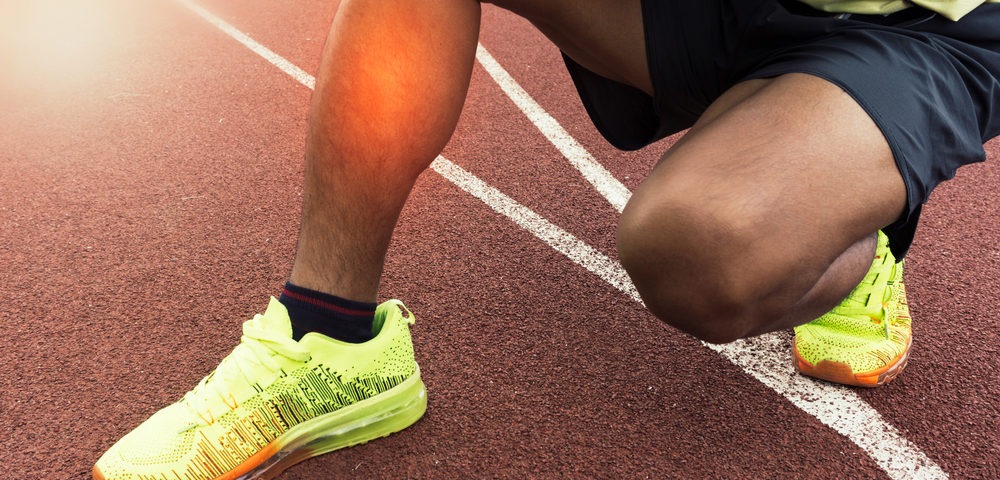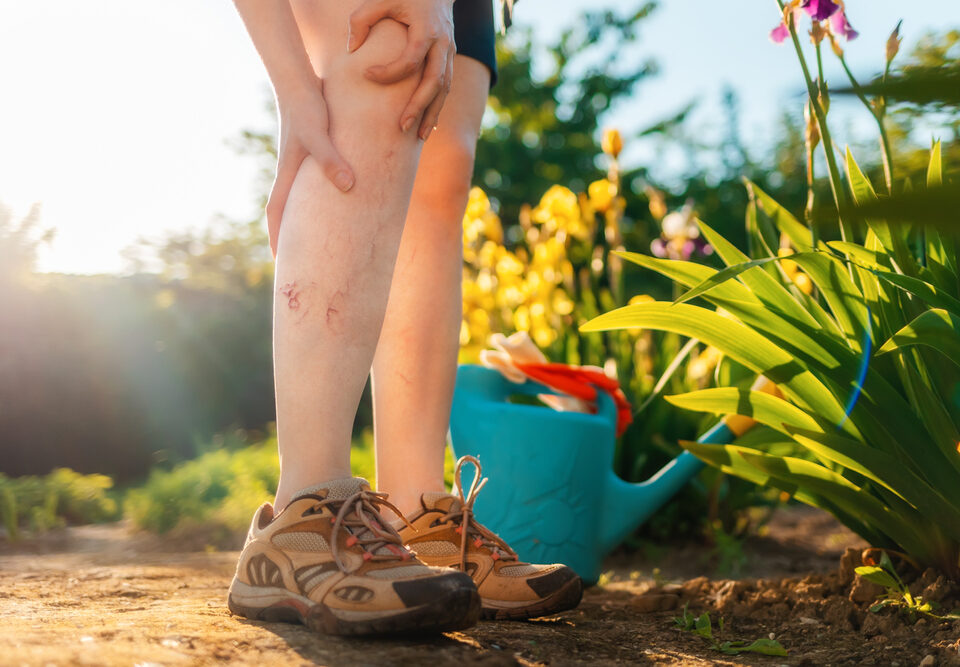
Venous Leg Ulcers: Causes and Symptoms
September 25, 2018
Vein Free Legs in Maryland
September 30, 2018Anyone that’s ever has to stop mid-workout due to leg pain, knows the discomfort that its associated cramping or aching can cause. Leg pain can also show up after exercise and present as throbbing that only goes away once legs are elevated.
While individuals may simply dismiss this issue, or attribute it to muscle fatigue, it can also suggest venous insufficiency. Meaning that there’s an underlying circulatory problem that needs to be addressed.
Keep reading to learn why you may have leg pain after exercise and what you can do about it.
What Are the Symptoms of Venous Insufficiency?
Venous insufficiency can cause leg pain during and after exercise and may lead to the following visible symptoms: Blue or purple-colored spider veins, bulging varicose veins, and leg ulcers on the leg or ankle.
Additionally, patients may feel leg achiness, swelling, itchiness, tingling, and cramping after long periods of inactivity or while lying in bed at night.
How Is Does Vein Functioning Relate to Exercise?
To start, exercise does not cause or prevent venous insufficiency. However, the relation between the two is important to understand when it comes to leg pain and physical activity.
That being said, during a workout, veins dilate to accommodate increased blood flow to the muscles. This is necessary in order to supply cells with oxygen that they require during exercise.
But when there is venous insufficiency, leg veins have difficulty returning this volume of blood back to the heart. As a result, it can pool in the legs and lower extremities.
On the other hand, low-impact exercises, like walking, are especially helpful for patients that have venous insufficiency. That’s because they activate calf muscles which squeeze veins and help propel blood away from the legs.
How to Treat Leg Pain Caused by Venous Insufficiency?
Patients that experience leg pain with exercise do not have to tolerate this discomfort or forego their workouts. In fact, there are a number of non-surgical treatment options that can alleviate both the signs and symptoms of venous insufficiency.
Endovenous laser ablation is considered the gold standard, and it involves inserting a catheter into the varicose vein and applying radiofrequency, which causes it to shrink. Most patients find this procedure fairly comfortable, and it requires little to no downtime.
Sclerotherapy is another therapy that can help smaller varicose veins by injecting a sclerosing agent that causes them to collapse and disappear. Post-treatment, individuals must wear compression stockings, but can otherwise go about their day as usual.
To learn more about venous insufficiency and leg pain after exercise, please call our office today to schedule a consultation.



